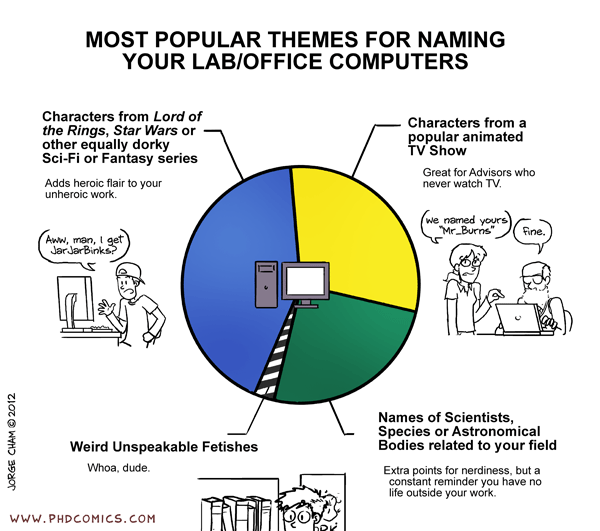Should a doctor fire an anti-vax patient?:
The anti-vaccination movement continues to grow, despite the retraction and thorough discrediting of the 1998 scientific study that spurred much of its growth. The stubborn persistence of anti-vaxxers shows how difficult it is to dispel misinformation once that information is out there, even after dozens of new studies and millions of dollars in research that demonstrate that vaccines are safe.
One of the most dangerous trends is the growing number of parents who refuse to vaccinate their kids, or who choose "alternative" vaccine schedules, such as the one promoted aggressively by Robert Sears (who goes by "Dr. Bob"). Sears appears to have simply invented this alternative schedule without bothering to conduct any scientific studies, in part to promote sales of his 2007 book,
The Vaccine Book: Making the Right Decision for Your Child. Vaccine expert Dr. Paul Offit
explained, in a 2009 article in the journal
Pediatrics, why Dr. Sears' schedule was a very poor choice for children and for the public health. After thoroughly dismantling Sears' anti-science positions, Offit concludes, "Sears has a poor grasp of the scientific method." That's an understatement.
Other doctors, perhaps jealous of all the attention that Sears has gained through his anti-vaccine writings and television appearances, have created their own alternative vaccine schedules. One of them, Donald Miller, even
goes so far as to say that vaccines cause childhood cancer, despite the complete lack of evidence for this wild claim. Somehow Sears, Miller, and others like them have managed to convince many parents that their children don't need vaccines.
In response to parents who don't want to vaccinate, many of whom show up with Dr. Bob's schedule in hand, pediatricians have struggled to find an effective response. Parents can be utterly convinced by the misinformation they find on the Internet, which is all too easy to find. (For example, Googling "vaccine" brings up the
National Vaccine Information Center, a hotbed of anti-vaccine propaganda and pseudoscience, on the first page of hits.) By the time parents arrive with their babies for the first vaccine, convincing them to change their minds can be nearly impossible.
Perhaps in frustration, doctors have started to "fire" their patients if they refuse to vaccinate. As
reported by Shirley Wang in
The Wall St. Journal last week, 20-30% of doctors in two different surveys, in Connecticut and the Midwest, reported having to kick patients out of their practices because of vaccine refusal. These numbers have roughly doubled over the past ten years, according to the American Academy of Pediatrics.
Is firing a patient the right thing to do? It's a difficult question. On the one hand, doctors should do everything they can to make sure kids are vaccinated. If a doctor kicks a parent out, that parent may find another doctor who doesn't insist on vaccinating children, which ultimately harms the children. Doctors have to spend more time educating parents about the tremendous benefit of vaccines, about the very strong evidence (based on tens of millions of doses) for vaccine safety, and about the frightening consequences of infection with meningitis, hepatitis, measles, polio, and other vaccine-preventable diseases.
On the other hand, unvaccinated children bring diseases into the pediatrician's office, where they can spread them to other children. Some of these other children are too young to be vaccinated, and childhood infections can be extremely dangerous, even fatal, in the very young. From this perspective, "firing" a patient might be the only responsible action, after first trying to convince the parents to vaccinate. I know that I wouldn't want to bring my child to a doctor's office where unvaccinated children were in the same room.
I understand how nervous a parent can be about vaccinations. I will never forget the day my older daughter got her first vaccine: the needle looked huge compared to her tiny leg, and she screamed when the doctor gave her the shot. But she was fine a few minutes later, and she'll be protected against a dangerous infection for her entire life. Vaccines have been so successful at eliminating childhood infections that parents no longer see these infections as a threat. Ironically, the very success of vaccines has allowed the anti-vaccine movement to sway so many people.
Doctors may have to keep firing the parents of their young patients, but I hope they'll first make every effort to educate them. They need to explain that vaccines do not cause autism, nor do the ingredients in vaccines, and that scientific studies involving hundreds of thousands of patients support these conclusions. They should also explain that many of the anti-vaccination claims on the Internet started when Andrew Wakefield published one small study of 12 patients, now retracted, claiming a link between the MMR vaccine and autism.
Investigations later revealed that he was paid by lawyers to recruit patients for a lawsuit against vaccine makers, that he didn't reveal these payments to his co-authors or the patients, and that he manipulated the data. Since then, the anti-vaccine movement has exploded and we've experienced multiple outbreaks of measles, mumps, and other illnesses linked directly to unvaccinated children.
Doctors interviewed by the
Wall St. Journal reported that they had convinced at least some parents to follow the recommended vaccine schedule. Perhaps that's the best we can hope for. If we're going to avoid a return to the era when children routinely died from infections, we must keep trying.








